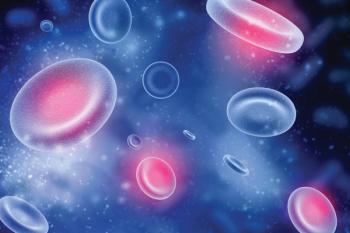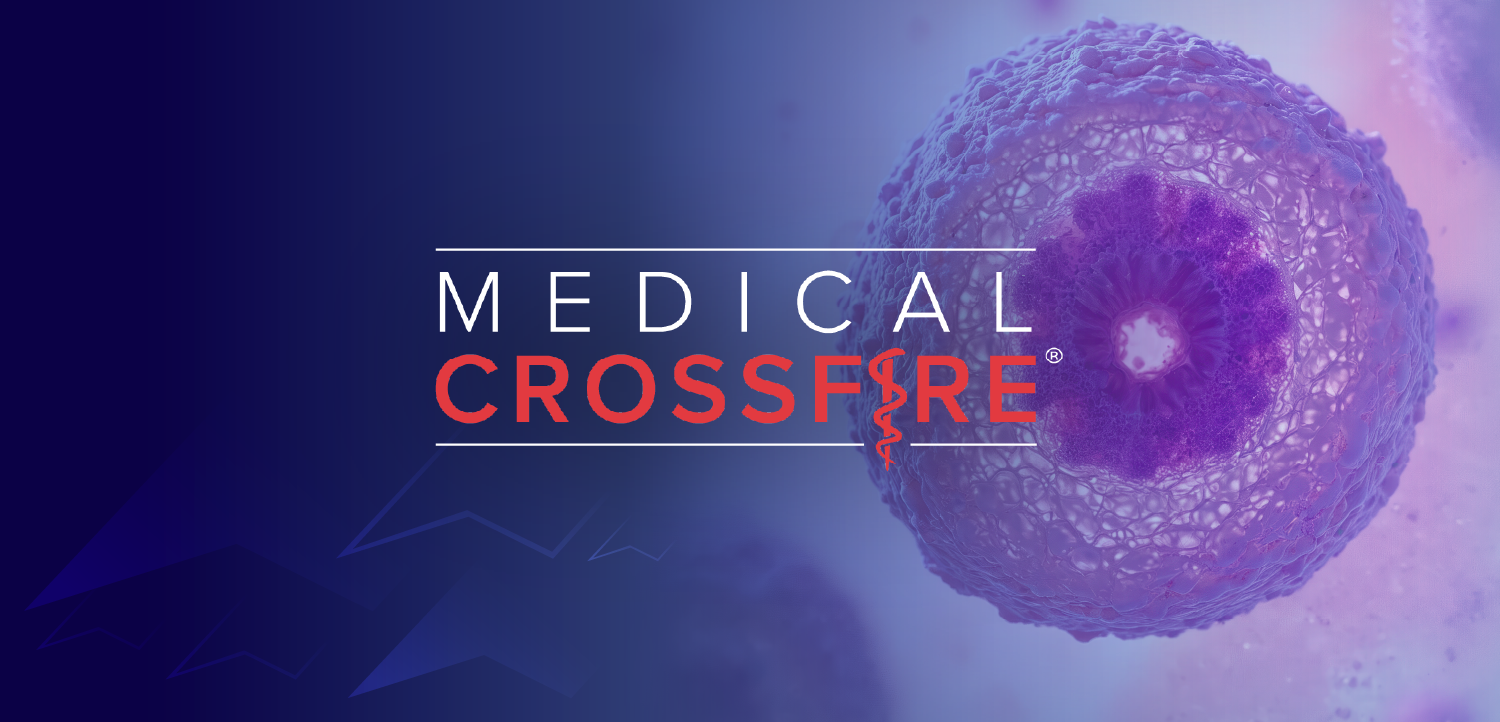
Oncology NEWS International
- Oncology NEWS International Vol 16 No 1
- Volume 16
- Issue 1
Nilotinib Shows Significant Clinical Activity in CP-CML
The investigational agent nilotinib (Tasigna) has shown significant clinical activity and an acceptable safety and tolerability profile in the treatment of imatinib (Gleevec) resistant or intolerant, chronic phase chronic myelogenous leukemia (CP-CML)
ORLANDOThe investigational agent nilotinib (Tasigna) has shown significant clinical activity and an acceptable safety and tolerability profile in the treatment of imatinib (Gleevec) resistant or intolerant, chronic phase chronic myelogenous leukemia (CP-CML), according to a phase II study presented at the 48th Annual Meeting of the American Society of Hematology (abstract 165).
"The tolerability profile of this novel compound is perfect, and its efficacy is relatively good. We saw major cytogenetic responses in 52% of patients in our study, regardless of whether they were enrolled because of imatinib resistance or intolerance," said principal investigator, Philipp le Coutre, MD, of Campus Virchow Klinikum Charite, Berlin.
Nilotinib is a potent, highly selective, aminopyrimidine inhibitor, which, in vitro, is 30 times more potent than imatinib. It is also active against imatinib-resistant Bcr-Abl mutations and other cells overexpressing Bcr-Abl. The open-label study aimed to evaluate the agent's safety and efficacy, defined as hematologic and cytogenetic response rates, in 316 imatinib resistant or intolerant chronic phase CML patients.
The patients ranged in age from 21 to 85 years (median, 58), and their median duration of CML was 58 months (range, 5 to 275 months). The median duration of prior imatinib use was 33 months (range, less than 1 to 95 months); 221 patients (70%) were imatinib resistant, and 95 (30%) were imatinib intolerant. Patients received nilotinib 400 mg twice daily, and were allowed up to 1,200 mg/d (600 mg twice daily). Dr. le Coutre reported results of the first 279 patients who were enrolled, with 6 months of follow-up. In this group, a complete cytogenetic response occurred in 32% and a major cytogenetic response in 52%. The mean time to a major cytogenetic response was 2.8 months.
The most frequent adverse events were thrombocytopenia, neutropenia, increased lipase, and anemia. The rate of grade 3-4 toxicities was low, he said, and a high dose intensity could be achieved. Five patients developed a grade 3-4 rash, and peripheral edema occurred in just 11 patients. Rates of fluid rentention were negligible, he said. Elevation of lipase was the most important biochemical abnormality, occurring in four patients; however, this side effect was easily managed, he added.
"Nilotinib shows good clinical activity and is safe and tolerable in patients with imatinib resistant or intolerant chronic phase CML. The compound maintains specificity, and the probability of additional side effects is very low because it only targets Bcr-Abl, apart from a few other kinases," he concluded.
Articles in this issue
almost 19 years ago
Nab-Paclitaxel Bests Docetaxel in First-Line Met Breast Caalmost 19 years ago
Congress Plans to Keep NCI Operating at FY2006 Budgetalmost 19 years ago
Lenalidomide Is Active in Relapsed and Refractory NHLalmost 19 years ago
Self-Hypnosis Reduces Anxiety During Breast Biopsyalmost 19 years ago
With Decrease in HRT Use, Breast Ca Incidence Rates Fallalmost 19 years ago
MK-0457 'Glides Past' Bcr-Abl T315i Mutationalmost 19 years ago
Dasatinib Superior to High-Dose Imatinib in Resistant CMLalmost 19 years ago
Lilly 2006 Oncology on Canvas Winners 'Embrace Life'Newsletter
Stay up to date on recent advances in the multidisciplinary approach to cancer.




















































































